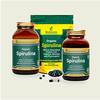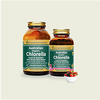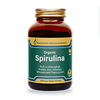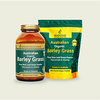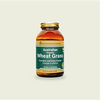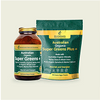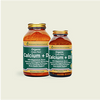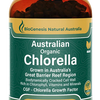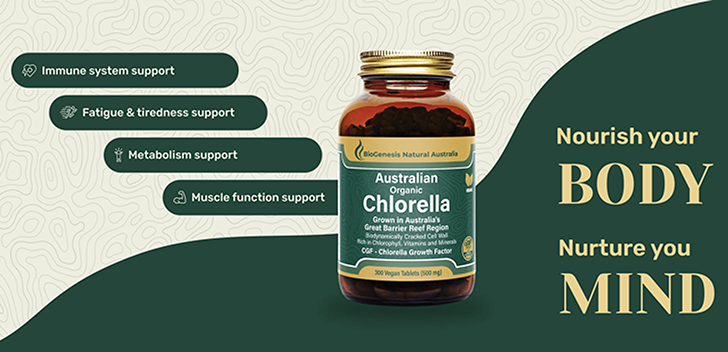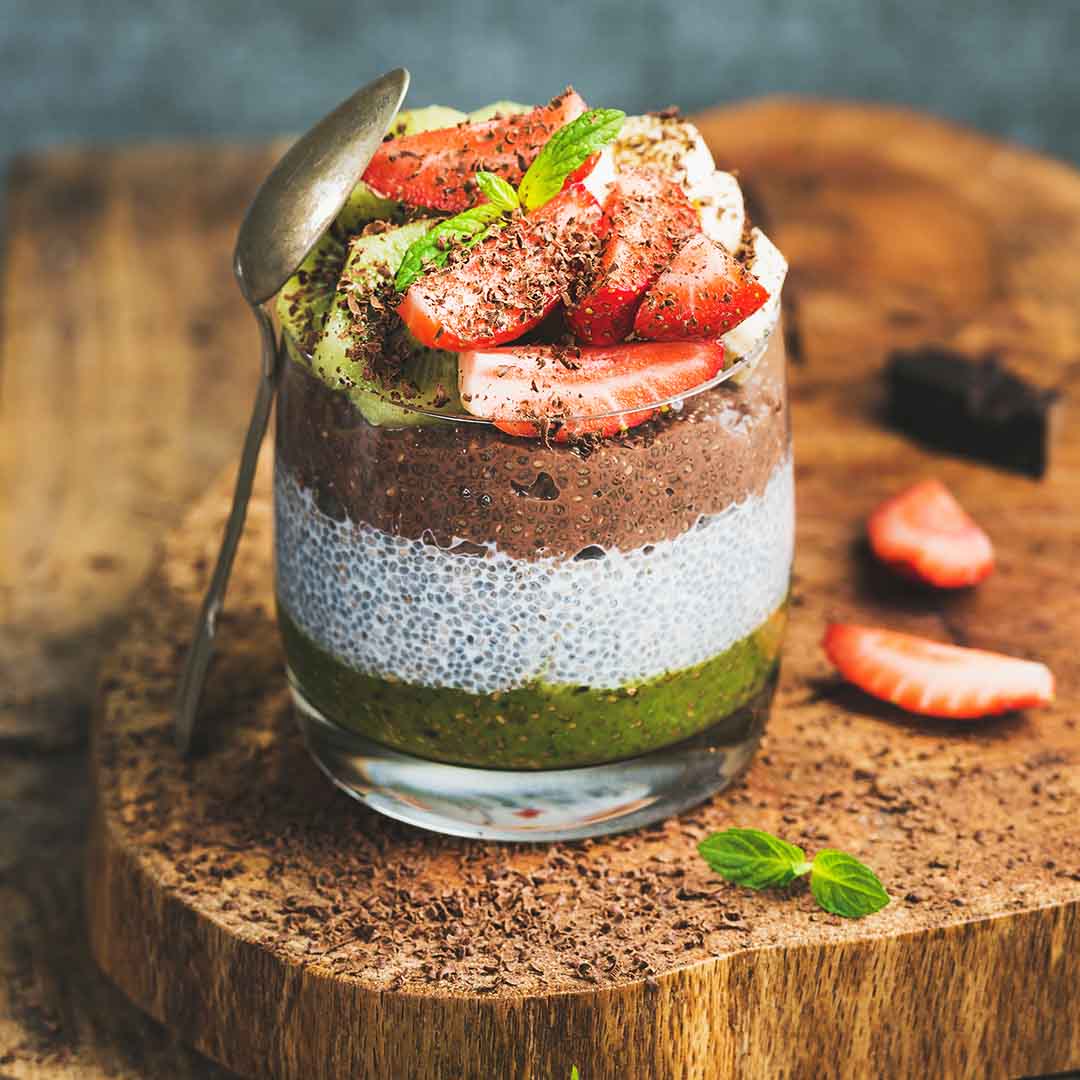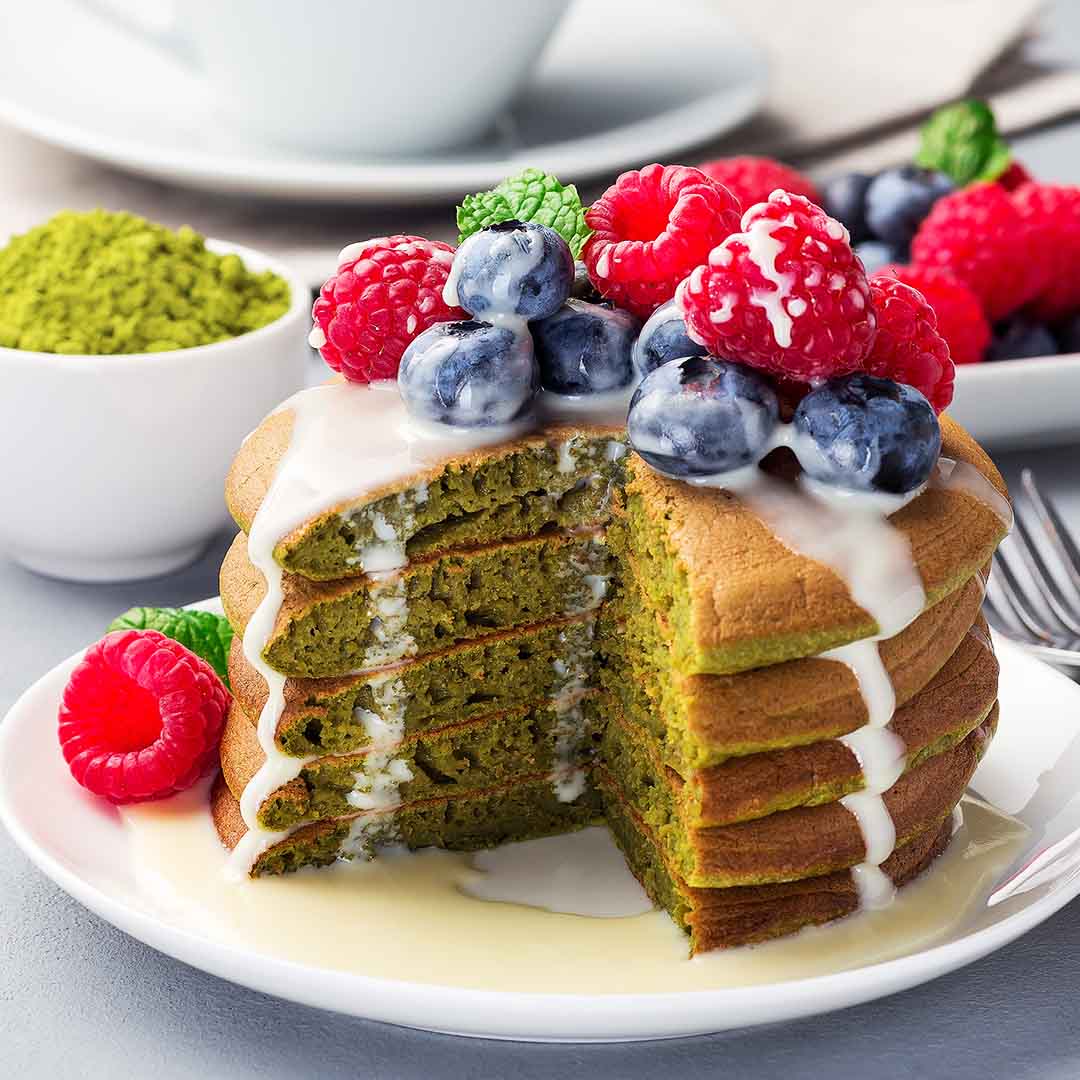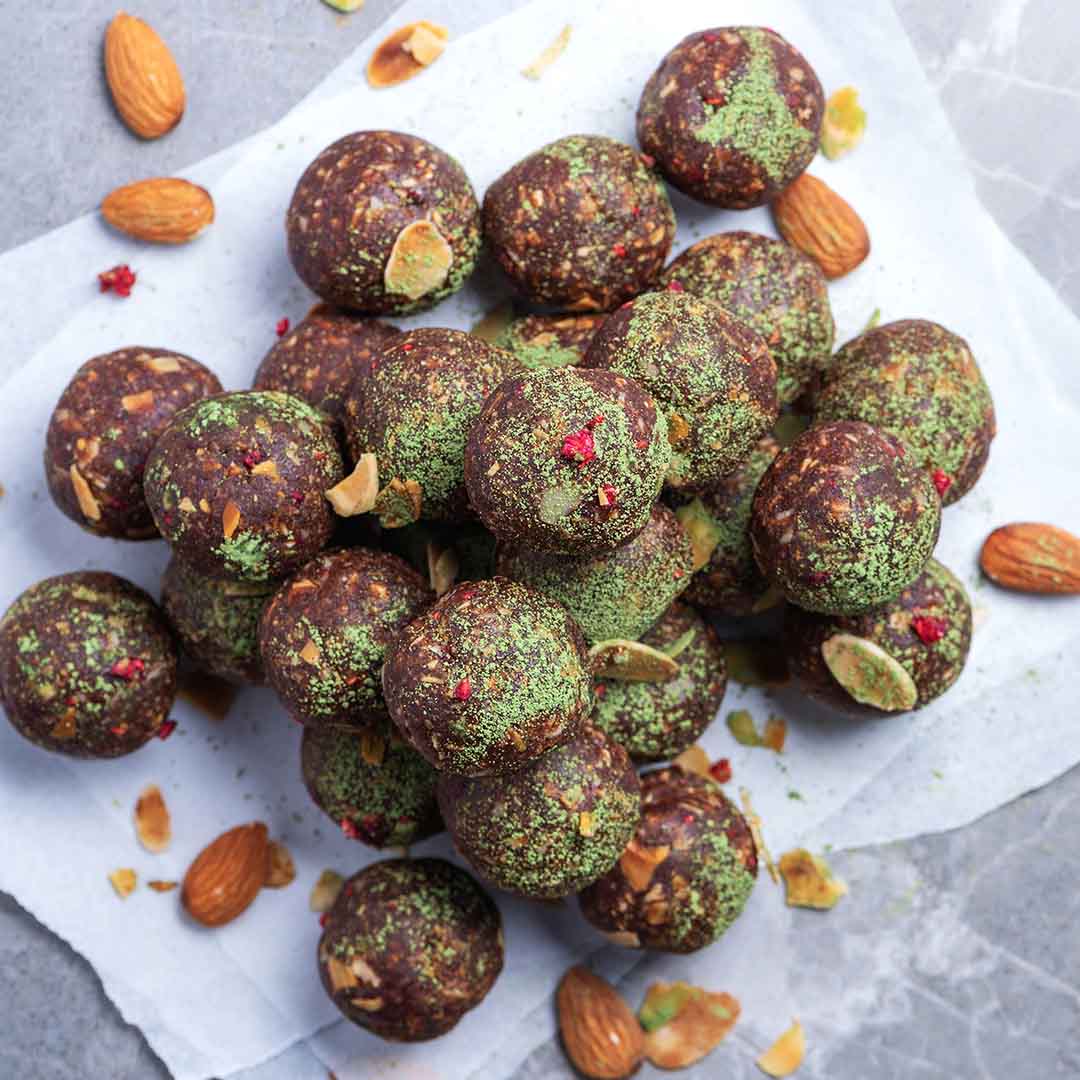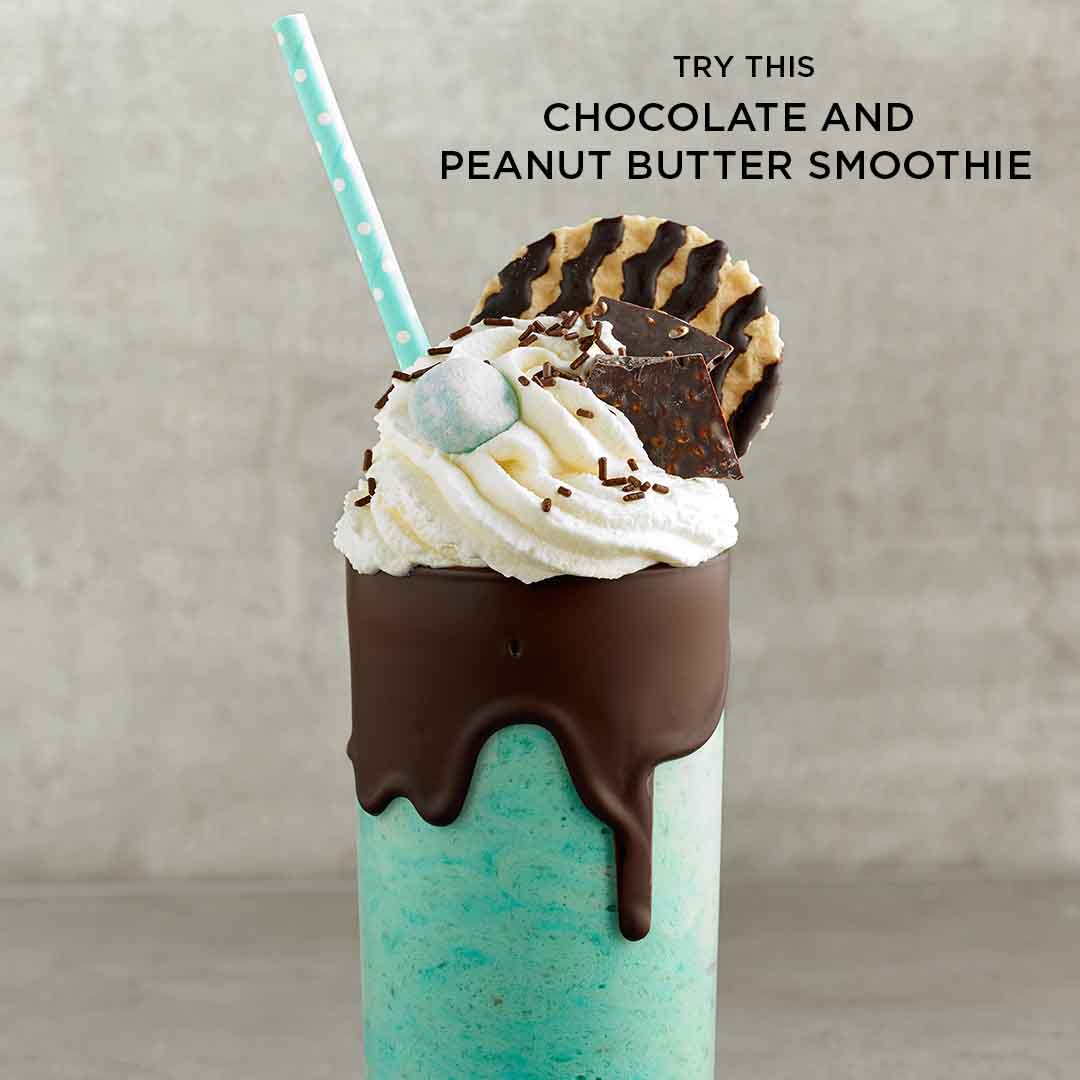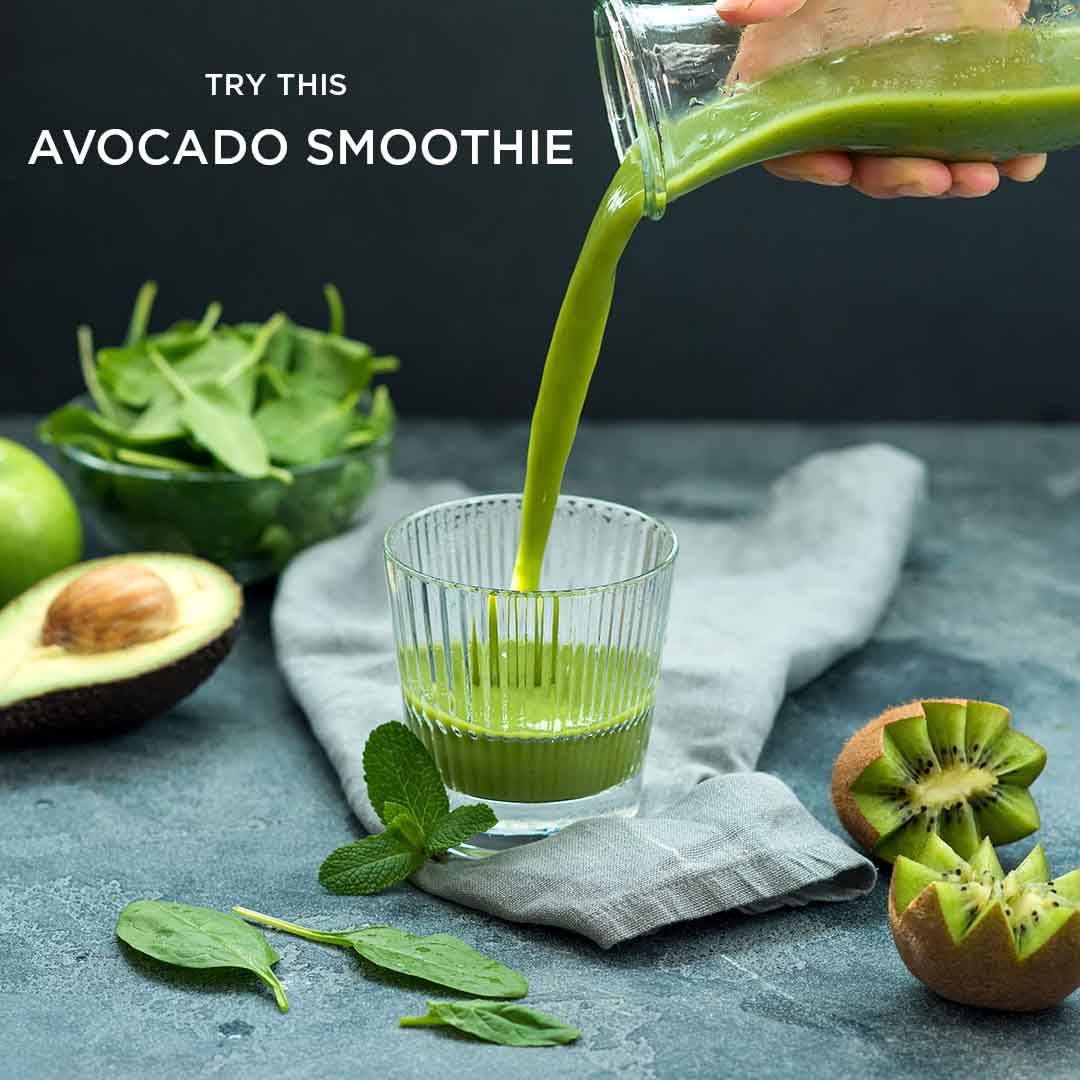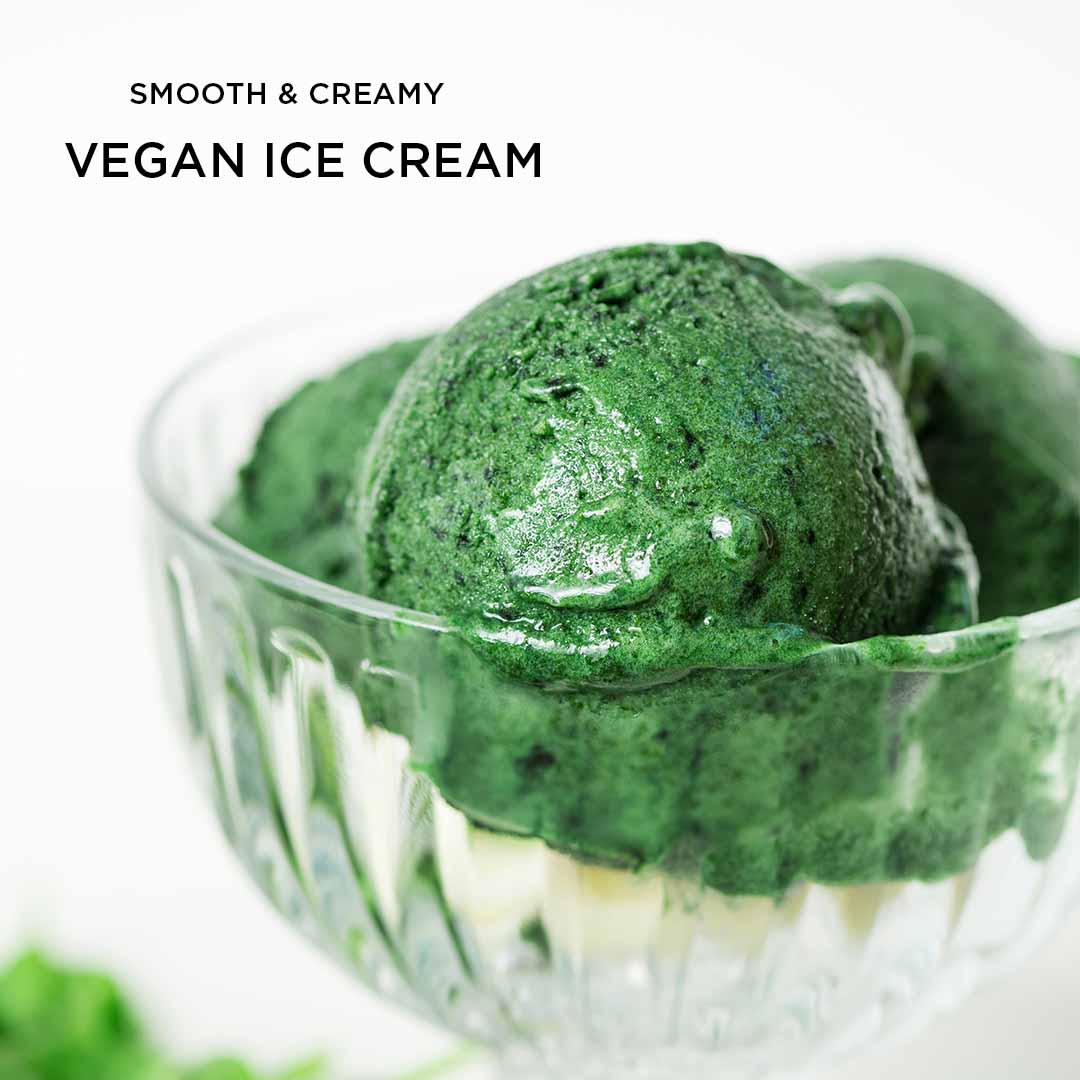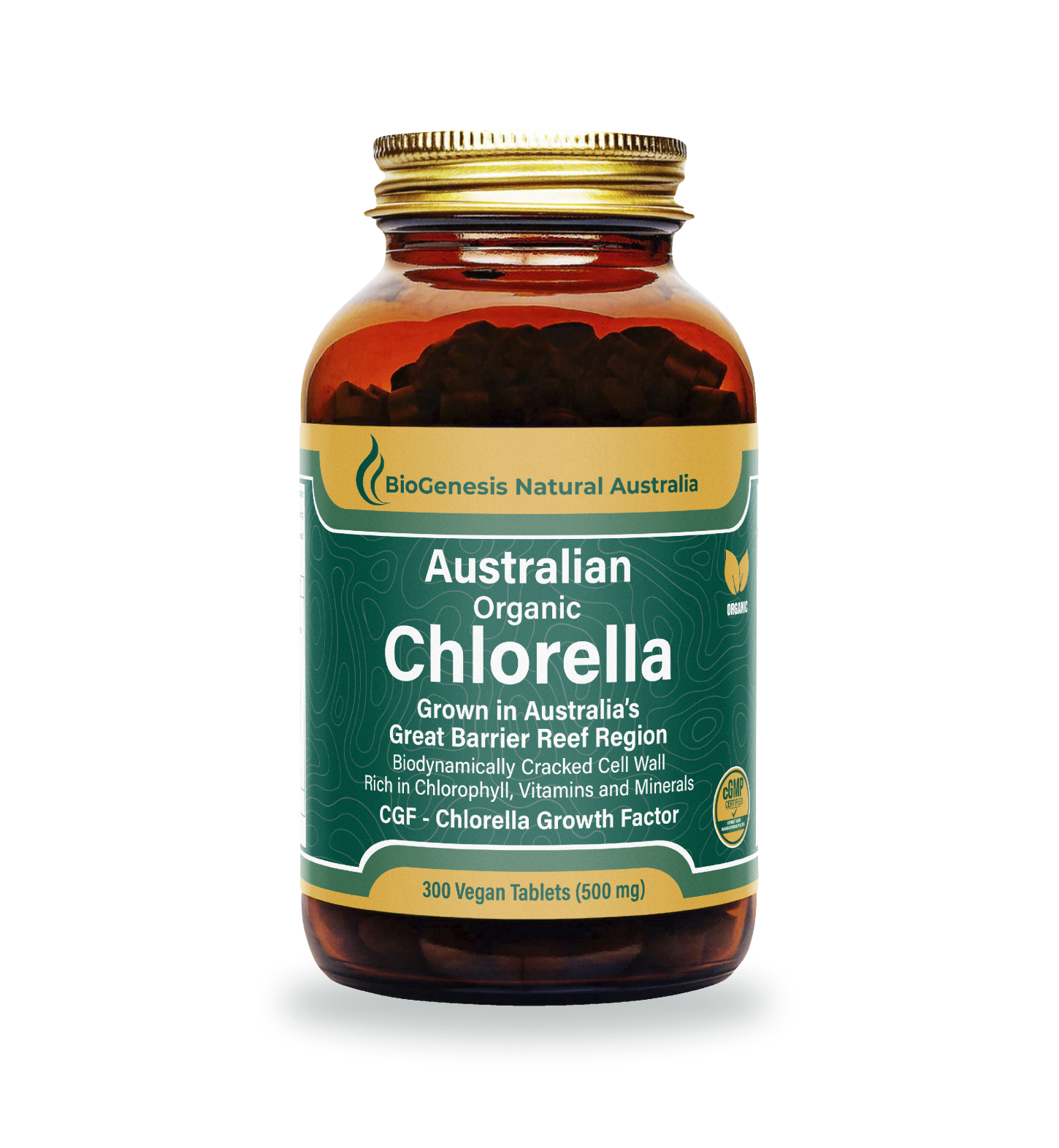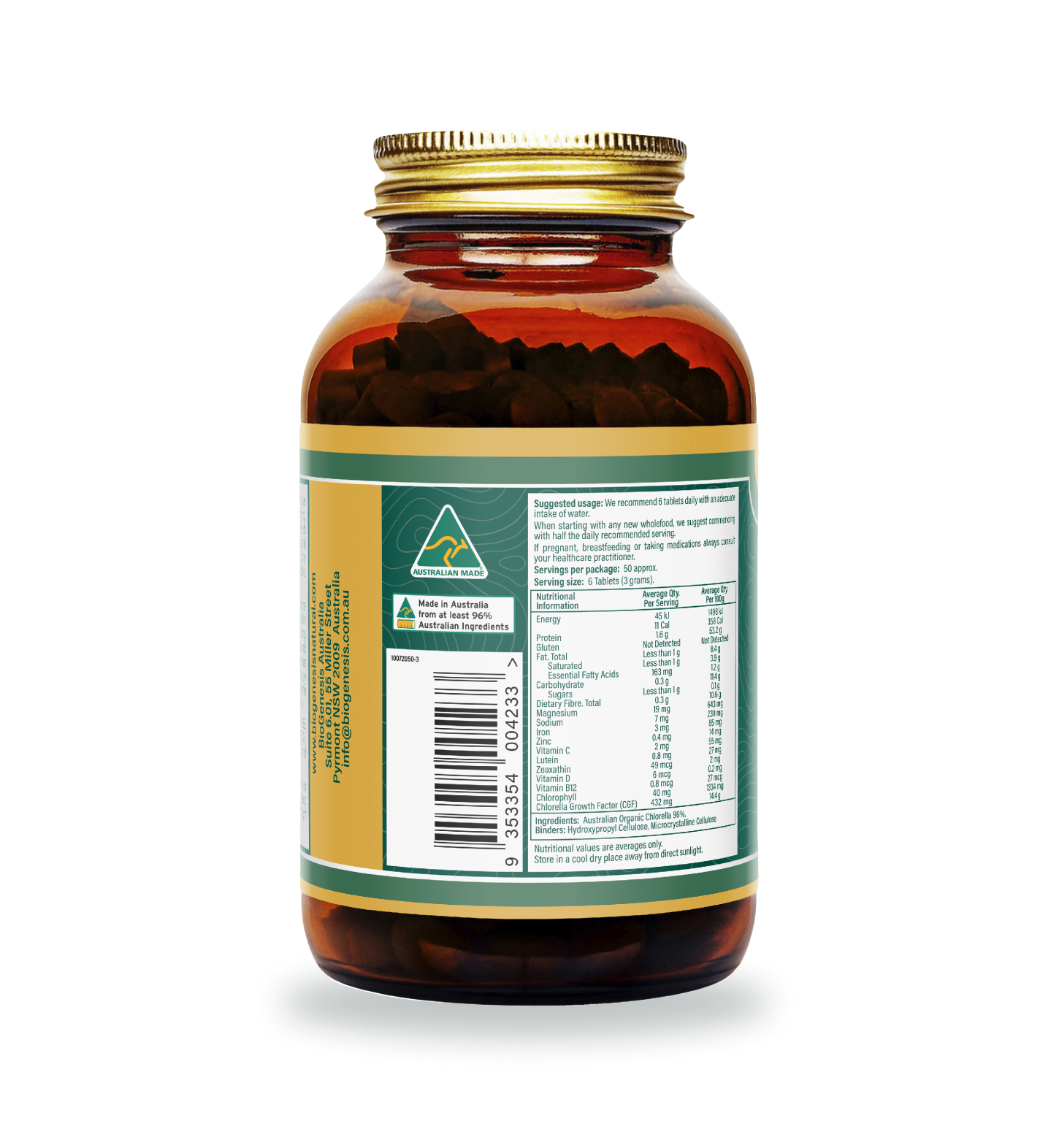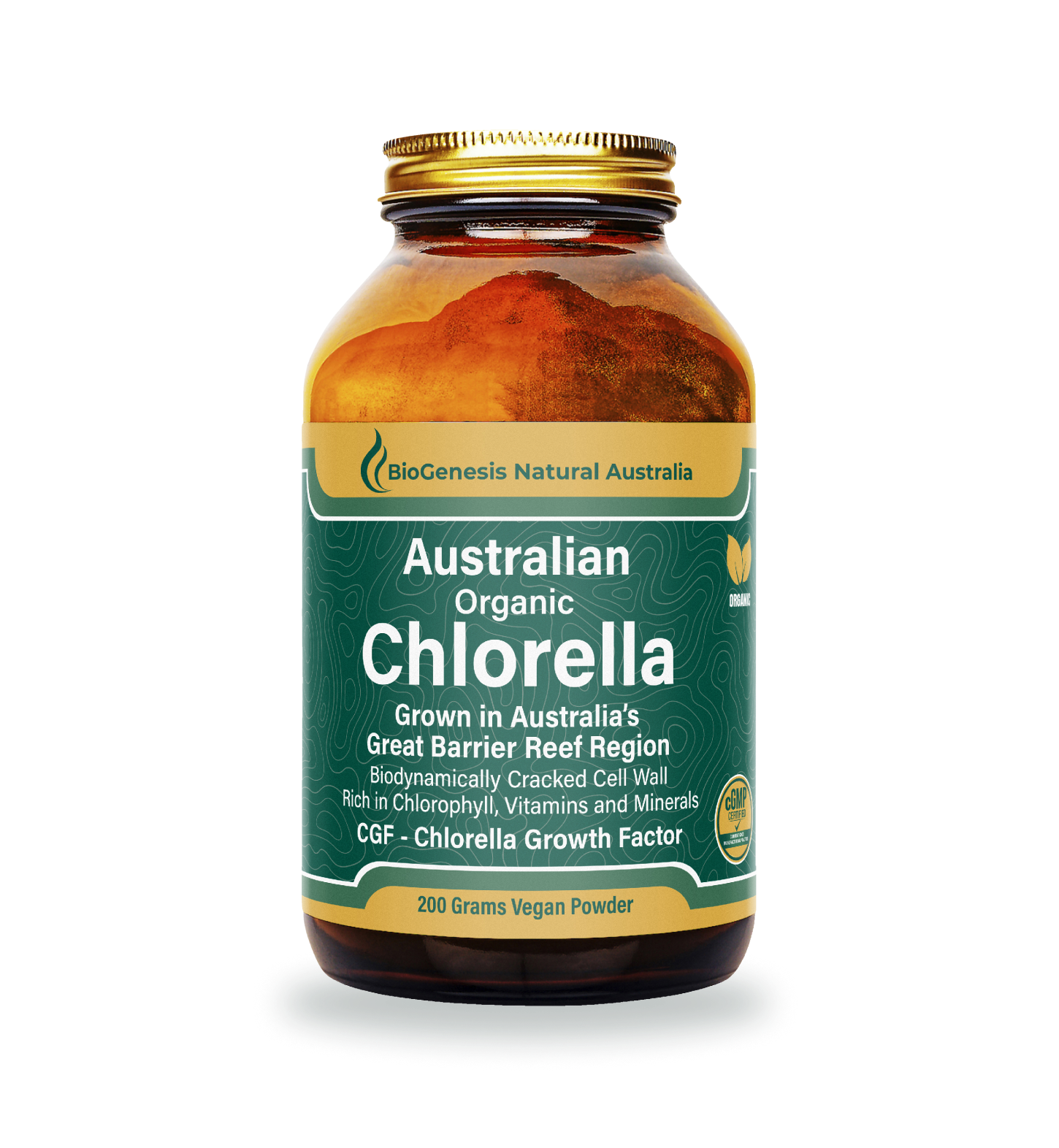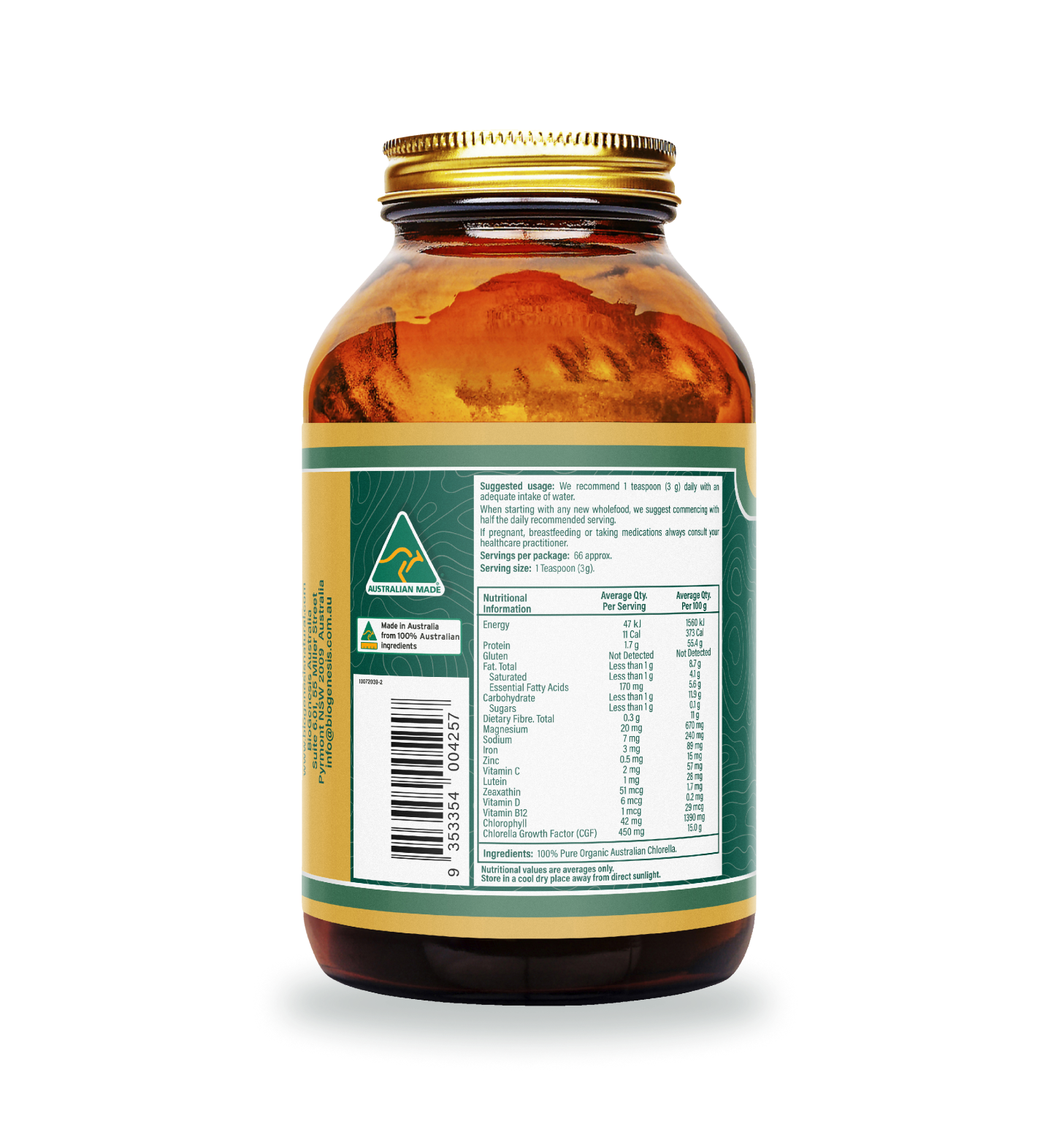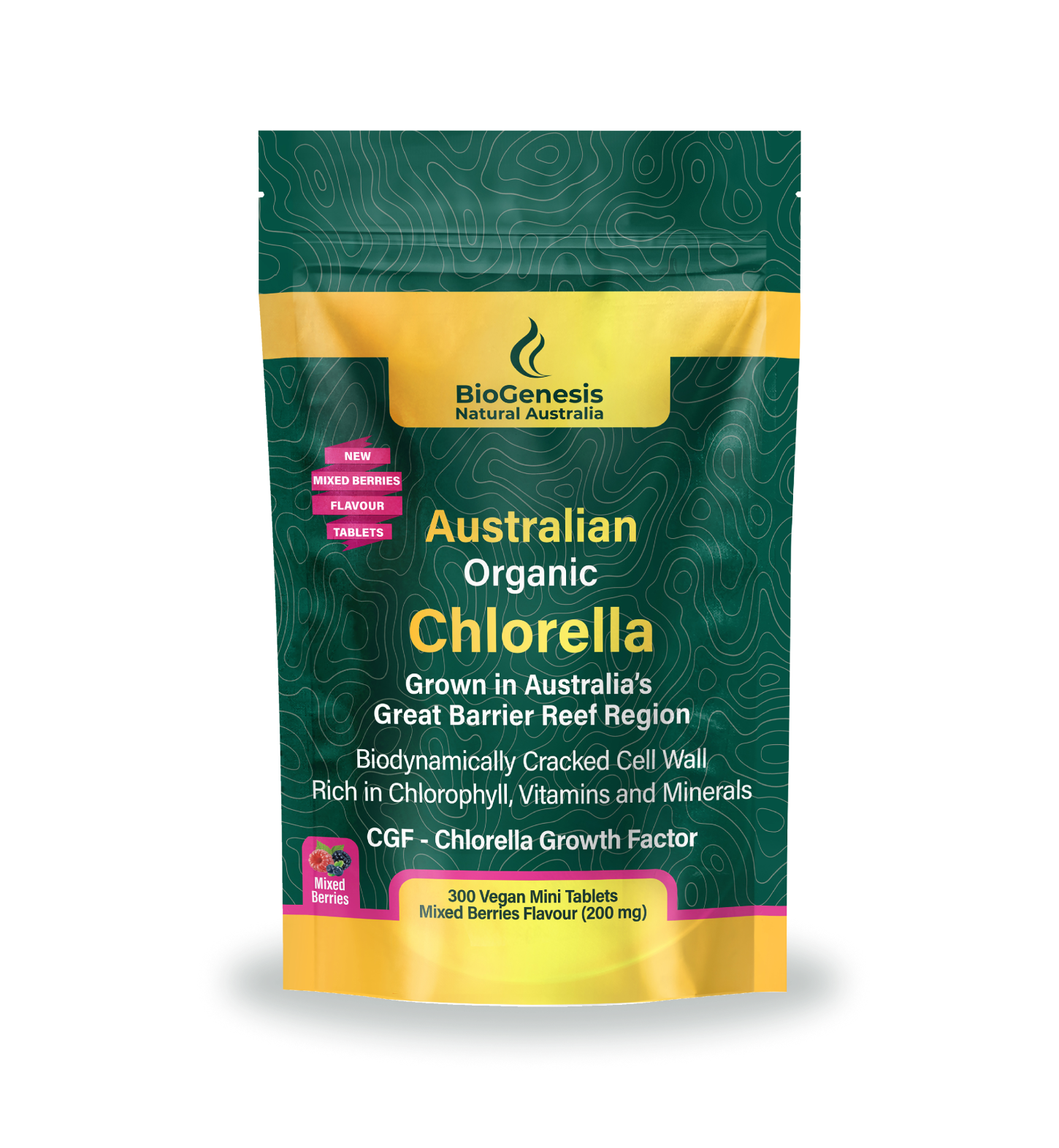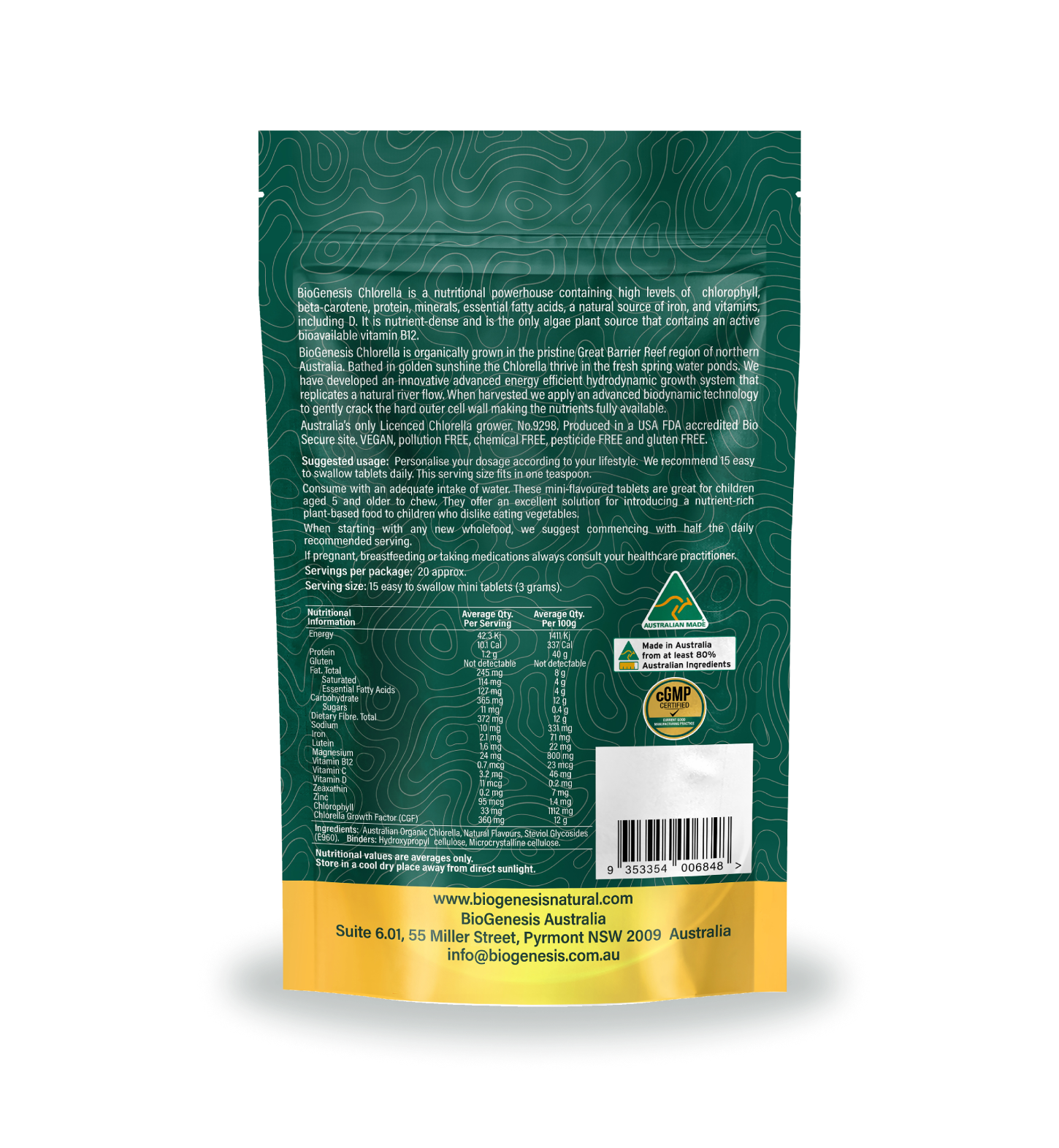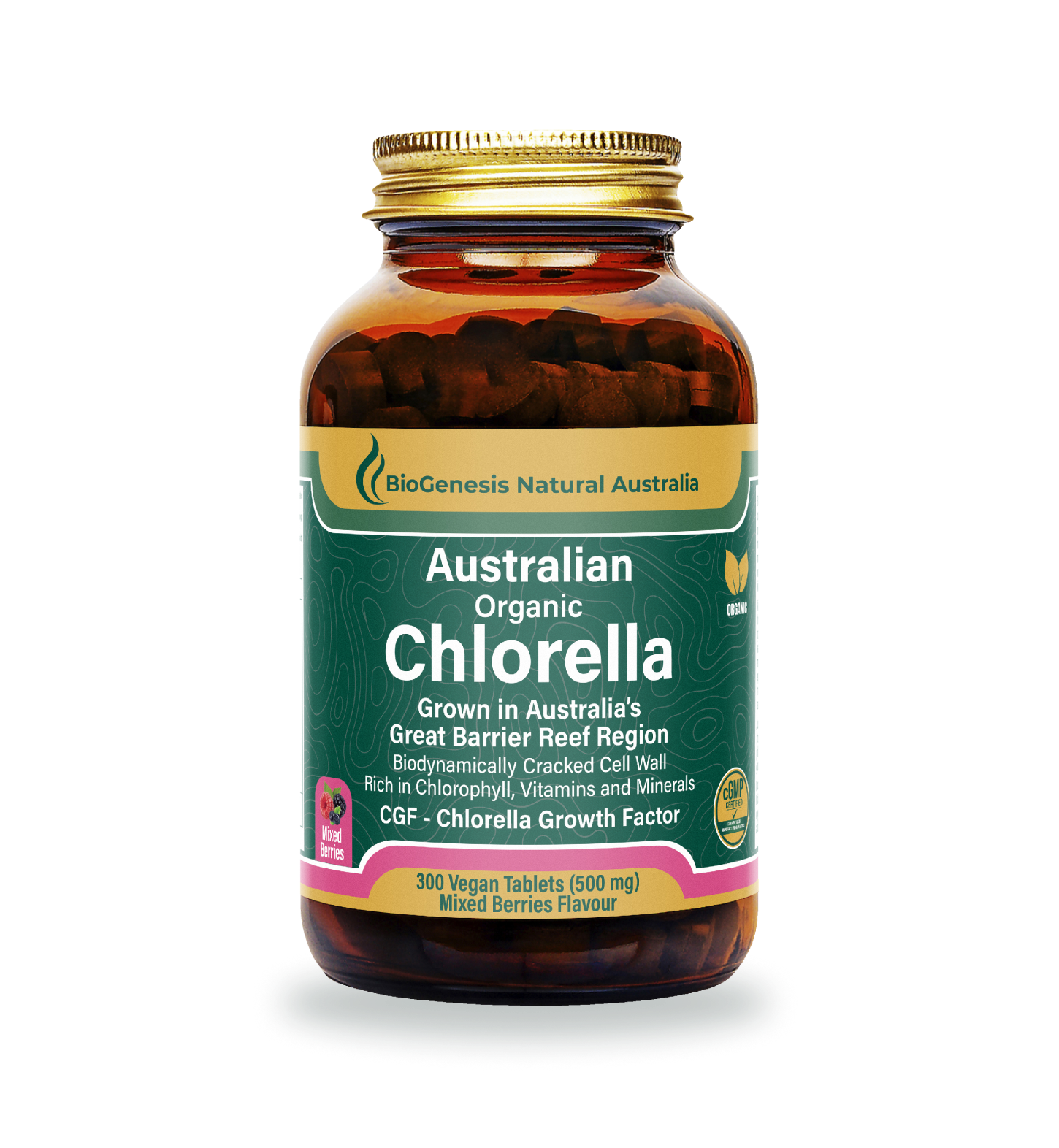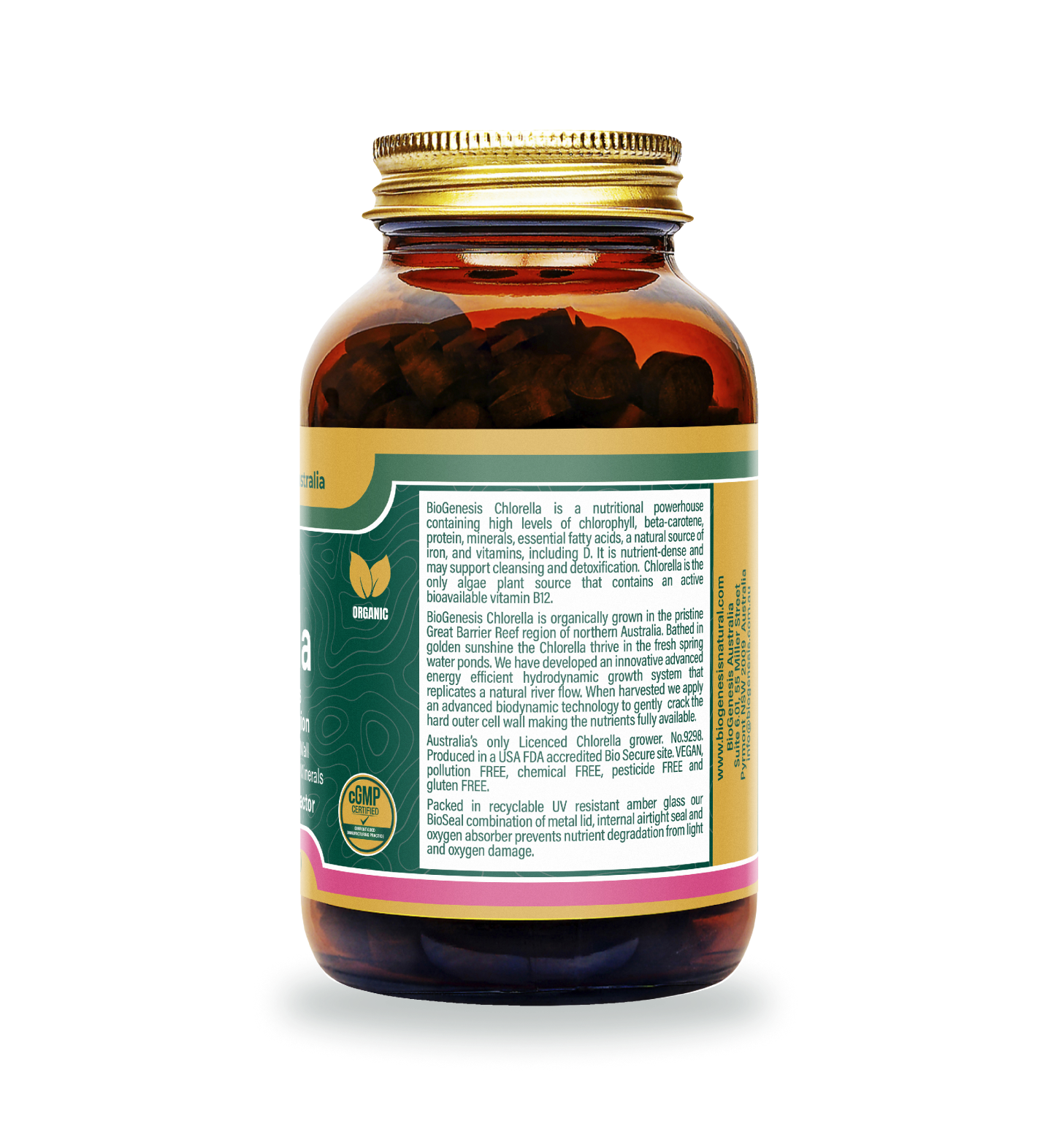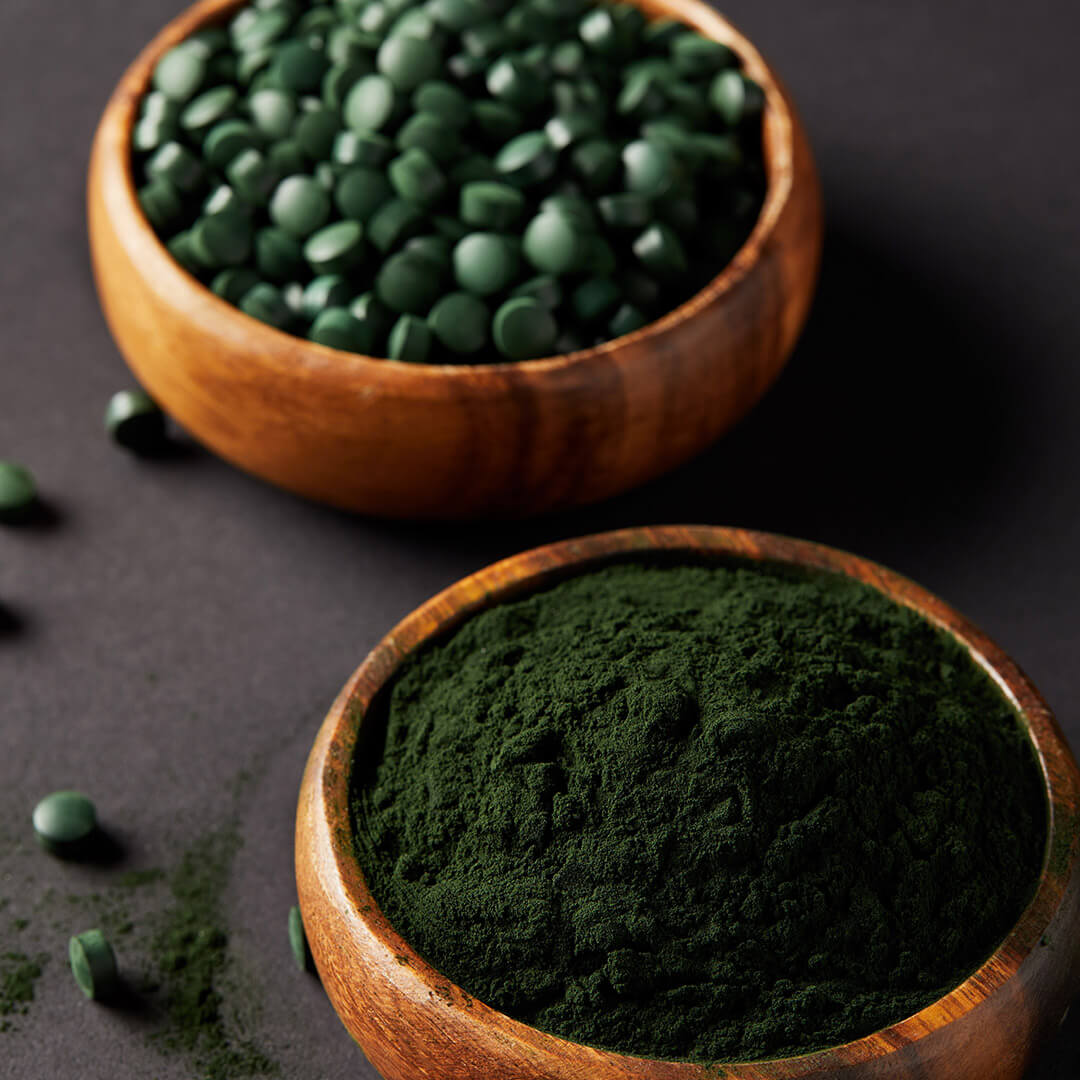
Chlorella Is The Richest Plant Source Of Easily Digested Iron
by Colin McGregor
The term "anemia" is often used interchangeably with "iron-deficiency" and though they are related, they aren't quite the same thing. Iron deficiency is a broader term that can manifest in several ways. Iron deficiency anemia is a specific type of iron deficiency where a lack of iron results in too few healthy red blood cells (Balendran 20211). This is a common result of inadequate iron. Iron deficiency is the most common mineral deficiency worldwide, thought to affect as many as 20% of the world population in developed and underdeveloped nations alike (Balendran 20211). The reasons for low iron levels are most often diet-related, but there are several other factors that can play a role. Getting to the root cause of an individual's low iron status is paramount to resolving their deficiency, though increasing iron intake through supplemental or dietary intake is almost always part of the solution. One food that has shown the ability to effectively increase iron levels is the freshwater algae chlorella, which has many attributes that make it uniquely helpful (Tomohiro Bito 1, ).
Iron Deficiency Anemia Symptoms
How Chlorella Helped with my Low Iron Levels
Before examining chlorella, it's first essential to understand iron metabolism in the body. Iron is a mineral that's essential for human life. The main role it plays is as a component of hemoglobin; also known as red blood cells (Dev 20173). Red blood cells carry oxygen in the blood to be delivered throughout the body. Oxygen transport is important for both respiration and energy metabolism, so impairment to this system commonly has symptoms of low-energy and fatigue (Dev 20173). The metabolism of iron in the body is very tightly controlled since it's so essential. The body has methods of increasing or decreasing absorption and stores of iron as a buffer to adapt for intake variance (Dev 20173).
The reasons low iron levels arise can stem from any combination of: insufficient intake, malabsorption, excessive excretion, or increased needs (Zimmermann 20074). Iron needs are particularly high for pregnant or breastfeeding women, vegetarians or vegans, as well as for growing children (Haider 20175). These groups of people are all at a higher risk of deficiency. Similarly, individuals with illnesses or conditions that impair iron absorption will also have a more difficult time meeting their iron needs and may require intervention. This may include chronic kidney disease, celiac disease, those who've had gastric bypass surgery (Yilmaz 20186).
How Much Iron Do You Need per Day?
Though there are many causes for low iron, the most common and easily remedied situation is simply an inadequate intake from diet (Balendran 20211). Low iron can be measured through tests that observe stores in the blood, as well as red blood cell count to diagnose this (Read 20217). The body does have some innate measures to protect itself from low iron status, such as increasing gastric absorption or decreasing stores, but these are not long-term solutions (Gulec 20148).
Iron supplements are often the first line of defense used to treat low iron. While they work well for some individuals, they are also known to have a range of unpleasant side effects and are often not as bioavailable as food sources (Bloor 20219). An alternative strategy for increasing iron levels with fewer unpleasant effects is to increase intake through food, and to support high levels of absorption through adequate intake of synergistic nutrients.
What You Need to Know About Iron Supplements
This explains why chlorella can be such an excellent choice for individuals with low iron status. It's an excellent source of the mineral, with higher quality brands generally containing higher levels (Safi 201410). Perhaps even more importantly, chlorella contains all of the important nutrients needed to help the body properly absorb and utilize iron in the blood (Jacobs 200911).
Chlorella contains very high amounts of vitamin c and good amounts of vitamin d (Safi 201410). Both of these nutrients increase absorption of iron in the gut (Lee 201412). Vitamin d in particular is difficult for individuals who consume few to no animal products to obtain. Vegans and vegetarians are less likely to meet their iron intake recommendations, and will have a harder time obtaining vitamin d sources since they exist almost exclusively from animal foods (13). Chlorella is a rare plant-based source of vitamin d, which makes it extremely valuable for increasing iron levels in vegetarians and vegans.
Vitamin C and Iron: A Perfect Match
7 Healthy Foods That Are High in Vitamin D
In addition to vitamin c and d, vitamin b12 plays a key role in achieving healthy iron levels. Vitamin b12 is likewise found predominantly from animal foods, and is therefore a nutrient vegetarians should pay particular attention to consuming from other sources (Dominguez 202114). Chlorella is an excellent plant source of vitamin b12, which is needed to protect red blood cells (Safi 201410). A deficiency in vitamin b12 can therefore lead to a deficiency in iron as well, making them synergistic nutrients (McIlvaine 201315).
From this evidence, it's clear that chlorella is uniquely helpful for increasing iron levels due to its convenient composition of interrelated nutrients, and high bioavailability. It may have fewer side effects than synthetic iron supplement options, and it is suitable for all types of diets and eating preferences.
References
-
Rao, A. R., Kulkarni, P., & Kanitkar, M. (2021). Protective role of lutein and zeaxanthin in diabetic retinopathy: a review. Nutrients, 13(11), 4027. https://doi.org/10.3390/nu13114027
-
Chen, S., Zhang, S., & Wu, J. (2020). Lutein and zeaxanthin supplementation and association with visual function in age-related macular degeneration. Investigative Ophthalmology & Visual Science, 61(1), 7. https://doi.org/10.1167/iovs.61.1.7
-
Wu, J., Cho, E., Giovannucci, E. L., Rosner, B. A., Sastry, S. M., Willett, W. C., & Schaumberg, D. A. (2018). Dietary intakes of eicosapentaenoic acid and docosahexaenoic acid and risk of age-related macular degeneration. Ophthalmology, 125(5), 671-679. https://doi.org/10.1016/j.ophtha.2017.10.009
-
Yakes, E. A., Arden, G. B., Bernard, G. J., & Hancox, J. (2007). Nutritional supplementation with lutein and zeaxanthin improves visual performance in older subjects: a randomized controlled trial. The Lancet, 370(9603), 2015-2016. https://doi.org/10.1016/S0140-6736(07)61235-5
-
Ma, L., Liu, R., Du, J. H., Liu, T., Wu, S. S., & Liu, X. H. (2016). Lutein, zeaxanthin and meso-zeaxanthin supplementation associated with macular pigment optical density. Critical Reviews in Food Science and Nutrition, 56(6), 992-1002. https://doi.org/10.1080/10408398.2016.1259210
-
Pintea, A. (2018). Lutein and zeaxanthin in the prevention and treatment of age-related macular degeneration. Pharmacy, 11(4), 98. https://doi.org/10.3390/pharmacy11040098
-
Wu, J., Ma, L., Chen, S., Li, S. Y., Li, S. S., & Zhu, L. (2021). Association of dietary patterns with age-related macular degeneration and cataract: a cross-sectional study in China. JAMA Network Open, 4(9), e2124612. https://doi.org/10.1001/jamanetworkopen.2021.24612
-
Xiang, M., Wang, P. X., Wang, A. B., Zhang, X. J., & Zhang, Y. (2013). Lutein and zeaxanthin supplementation and association with visual function in age-related macular degeneration. American Journal of Physiology-Gastrointestinal and Liver Physiology, 305(12), G920-G927. https://doi.org/10.1152/ajpgi.00348.2013
-
Scala, A., Armani, A., & Vassallo, A. (2021). Lutein and zeaxanthin in dietary supplements: current status and regulatory implications. Molecules, 12(2), 33. https://doi.org/10.3390/molecules1202033
-
Rizwan, N., & Nandra, C. (2014). Lutein and zeaxanthin in dietary supplements: a review of current status and regulatory implications. Renewable and Sustainable Energy Reviews, 40, 114-123. https://doi.org/10.1016/j.rser.2014.07.097
-
Wallace, T. C. (2009). Anthocyanins in cardiovascular disease. The American Journal of Clinical Nutrition, 89(5), 1543S-1548S. https://doi.org/10.3945/ajcn.2009.26736X
-
Wang, Y., Chung, S. J., McCullough, K., & Song, W. O. (2014). Dietary carotenoids are associated with cardiovascular disease risk biomarkers mediated by serum carotenoid concentrations. Journal of Nutritional Biochemistry, 25(7), 793-800. https://doi.org/10.1016/j.jnutbio.2014.03.010
-
Kim, J. H., Lee, K. T., & Choi, J. H. (2021). Metabolomic profiling of dietary carotenoids and their metabolites in human plasma using UPLC-Q-TOF-MS. Metabolites, 11(4), 255. https://doi.org/10.3390/metabo11040255
-
Liu, R. H. (2007). Whole grain phytochemicals and health. Journal of Cereal Science, 46(3), 207-219. https://doi.org/10.1016/j.jcs.2007.06.010
-
Cunnane, S. C., Plourde, M., Pifferi, F., Bégin, M., Féart, C., & Barberger-Gateau, P. (2009). Fish, docosahexaenoic acid and Alzheimer's disease. Progress in Lipid Research, 48(5), 239-256. https://doi.org/10.1016/j.plipres.2009.04.001



